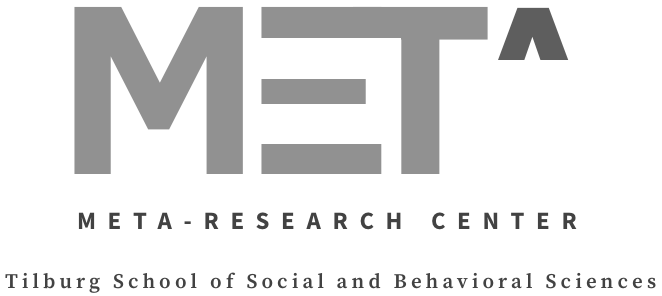New Paper on “Bayesian evaluation of effect size after replicating an original study”
Title: Bayesian evaluation of effect size after replicating an original study
Authors: Robbie C. M. van Aert & Marcel A. L. M. van Assen
Published in: PLOS One
Abstract
The vast majority of published results in the literature is statistically significant, which raises concerns about their reliability. The Reproducibility Project Psychology (RPP) and Experimental Economics Replication Project (EE-RP) both replicated a large number of published studies in psychology and economics. The original study and replication were statistically significant in 36.1% in RPP and 68.8% in EE-RP suggesting many null effects among the replicated studies.
However, evidence in favor of the null hypothesis cannot be examined with null hypothesis significance testing. We developed a Bayesian meta-analysis method called snapshot hybrid that is easy to use and understand and quantifies the amount of evidence in favor of a zero, small, medium and large effect. The method computes posterior model probabilities for a zero, small, medium, and large effect and adjusts for publication bias by taking into account that the original study is statistically significant.
We first analytically approximate the methods performance, and demonstrate the necessity to control for the original study’s significance to enable the accumulation of evidence for a true zero effect. Then we applied the method to the data of RPP and EE-RP, showing that the underlying effect sizes of the included studies in EE-RP are generally larger than in RPP, but that the sample sizes of especially the included studies in RPP are often too small to draw definite conclusions about the true effect size. We also illustrate how snapshot hybrid can be used to determine the required sample size of the replication akin to power analysis in null hypothesis significance testing and present an easy to use web application (https://rvanaert.shinyapps.io/snapshot/) and R code for applying the method.

